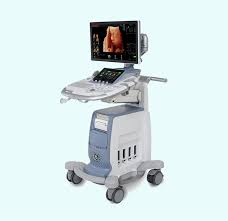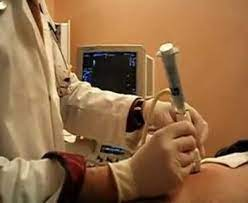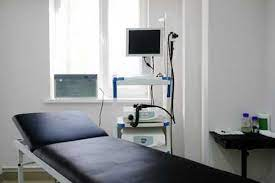Maringhini A, Ciambra M, Raimondo M, Baccelliere P, Grasso R, Dardanoni G, Lanzarone F, Cottone M, Sciarrino E, Pagliaro L.Pancreas. 1993 Mar;8(2):146-50.PMID: 8460088
Abstract
One thousand twenty patients consecutively admitted because of a clinical suspicion of pancreatic cancer were investigated to evaluate the accuracy of simple clinical, laboratory, and ultrasonographic data in the diagnosis of pancreatic cancer. Age, weight loss, recent-onset diabetes mellitus, palpable abdominal mass or gallbladder, elevated serum bilirubin or alkaline phosphatase levels, and ultrasonography were significant criteria in discriminating 80 pancreatic cancers from 940 controls. The most sensitive criteria were ultrasonography (83%), weight loss (66%), and bilirubin level of > 3 mg/dl (61%); the most specific were ultrasonography (99%), recent-onset diabetes (97%), and a distended palpable gallbladder (94%). Only ultrasonography demonstrated an elevated positive predictive value (86%), while weight loss, elevated bilirubin and alkaline phosphatase, besides ultrasonography had an elevated negative predictive value (95%). These results show that advanced pancreatic cancer may be excluded with simple clinical and laboratory data; ultrasonography can confirm the diagnosis with a high degree of accuracy. We suggest that the results of any new diagnostic tests for pancreatic cancer be compared with these clinical findings.
 Alberto Maringhini
Alberto Maringhini
 Alberto Maringhini
Alberto Maringhini















Condividi su